The Ultimate Guide to Create Professional Printable PDFs
The Ultimate Guide to Create Professional Printable PDFs
.webp)
Are your PDFs a real pain to print? Is there not a printout without missing text or color distortion? Or are you wondering how to insert crop marks on your printable documents?
It's time to turn to a ready-to-print PDF solution. They adapt to all printing processes and guarantee professional results.
And, if you don't know how to create professional printable PDFs, let this article be your guide to convert your documents into a print-ready PDF!
What Is A Professional Printable PDF?

The professional printable PDF file is created to be printed effectively without any issues. PDF is one of the most preferred formats for printing, so a print-ready PDF will include all the crucial components (like color and font) and avoid any possible issues while printing.
Printable PDFs eliminate the need for extra files you used to send to printing companies. Ultimately, they simplify printing and ensure a hassle-free transition from designing to printing.
If you want your printable PDF files to print without any problems, ensure that they meet the following criteria:
- The document’s page size and finished trim size should be the same
- The PDF file must be supplied as the four-color process CMYK, not as RGB color space.
- Don’t forget to embed the images to your file
- Ensure that the fonts are converted or embedded to outline (so that there will be no need for fonts)
- The scan resolutions should be 300 dpi at 100% for the final image
- The file should come with a 3 mm bleed
- The artwork should be at least 5mm away from the page edges (and this is the quiet or safe area )
- Remember that in printable PDFs, the black color should be 100% black, not a mixture of CMYK
- Any fold, trim, or score marks can be indicated, and they should be outside the live print area
- The white text or graphics should not be set to overprint
- If the file is folded, ensure that the artwork is set correctly for the folds
- The multiple-page PDF consists of single pages running from the front cover to the back cover. If necessary, you can include the blank pages in the artwork supplied.
Does that seem like a lot to check? You're right, it is a lot. That's why you need to use templates.
Why creating our own professional printable PDF templates?
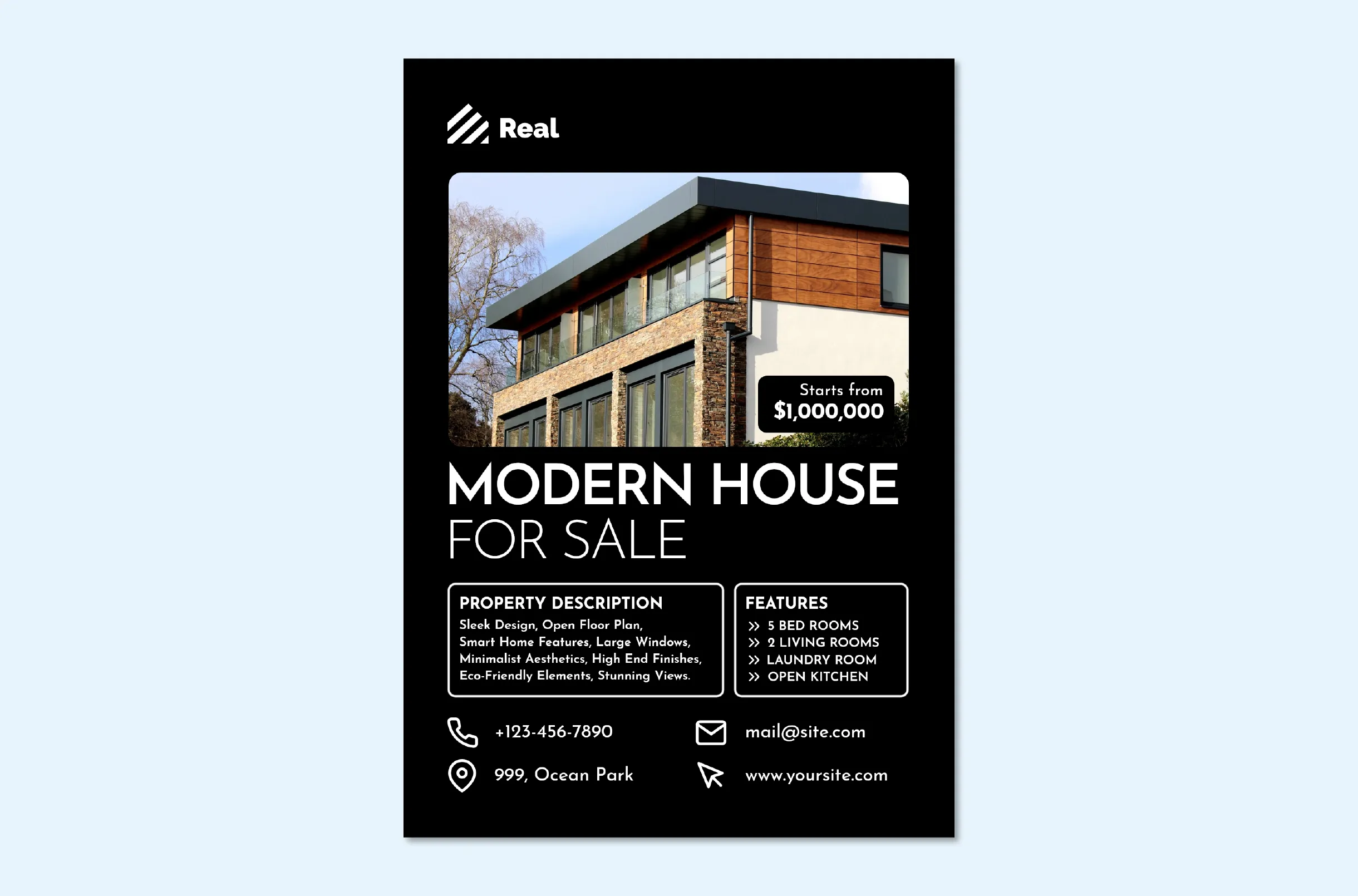
#1. Save Time
If a file looks good on your screen, it does not mean it will be good for the printing companies. Therefore, you must use PDF files to eliminate the risk of elements shifting or distorted when printing. These files can perfectly preserve the images, fonts, layout, and other design elements. Resultantly, the printed material will mirror the original digital document that you provided.
To create printable PDFs, you can use PDF templates, which make it easier to create a document. Plus, with PDF templates, you don't have to spend much time formatting a document or creating the layout, as the template will do everything for you. But the major advantage is that this way, the printing companies will not have to adjust your document's size and structure for their printers. It ultimately saves time and effort.
#2. Keep The Control Of The Final Document
Remember that the printing company is there to print your documents. The company will never touch any pixel of your document. Therefore, you must provide them with a perfect document; PDF files sound like the ideal choice. You can easily import them without needing adjustments or conversions. This way, you also get better control over the final document from PDF to print.
#3. Save Money
The major expense associated with printing is the ink cost. When you generate your own print-ready PDF files, you can minimize this cost (as you can choose the professional PDF layouts and formatting specifications per your needs). Also, to design the PDF files, you will pay the printing company only for one thing: the printing cost.
#4. Improve Efficiency And Accuracy
Color consistency and accuracy are crucial, specifically for photographs, logos, and brand elements, as they require perfect color representation. The PDF file supports color profiles, including CMYK and spot colors.
This way, the colors you choose on your computer screen will be the same on the printed output. Using print-ready PDF files can improve the efficiency and accuracy of your prints.
What Kind Of Document Can We Print With A Professional Printable PDF?
Selecting the right-sized paper is crucial for the success of your printouts. If you choose the wrong document size, you may overexpand the image, cut the crucial details, or lose important nuance.
However, when selecting the right type and size of the document, you may get confused by the many options. Why are you getting worried when we are here to assist you? Below, you can find the different types and sizes of documents that can be printed from a printable PDF:
A3
The A3 document or paper is larger than the standard A4 and is 11.7 by 16.5 inches (297 by 420 nm). This size is usually used for engineering plans, architectural drawings, and restaurant menus. It provides enough room for tables, important visual aids, graphs, and detailed illustrations.
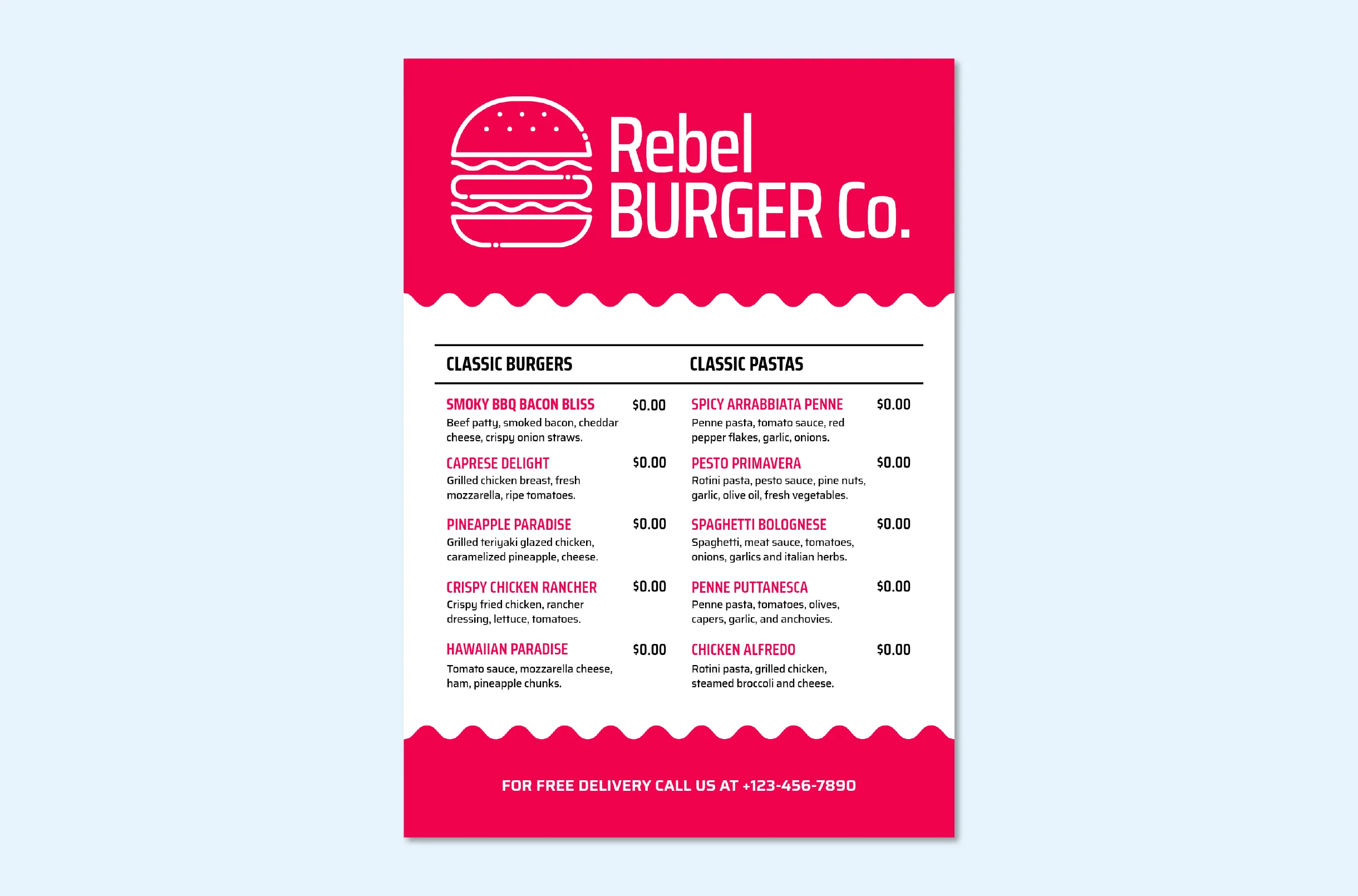
A4
It is one of the most commonly used document sizes. A4 measures 210 x 297 mm (8.3 by 11.7 inches). Now, this sheet type has become the standard for forms and documents around the globe. This size is perfectly suited for printing long reports. Therefore, it is popular among businesses requiring extensive documentation in their operations.
A5
A5 measures 148x210 mm or 2.8 x 8.3 inches. It is a versatile document size, used in everything from smaller magazines to books, leaflets, and educational materials. It is also ideal for booklets, catalogs, and other informational materials requiring a concise and compact format without compromising visual appeal or readability.
And More Size:
You can also choose A6 size to create collateral such as postal cards, business cards, flyers, small brochures, and invitations. Have you ever received event reminders or save-the-date emails? If yes, then the chances are that they were also created on A6 paper.
A6 paper measures 105 x 148 mm or 4.1 x 5.8 inches. This document size is small enough to fit in your pocket but large enough to display your crucial messages and impactful designs.
How To Create A Professional Printable PDF?
Whether you are working or planning to work with a printing company, providing them with a print-ready file is crucial. In this way, you can avoid the issues related to artwork and other potential errors. So, ensure that you provide high-quality PDFs to your printing company.

It is because the PDF file will package all the important components of your file (color, information, fonts, and other settings). Also, PDF files allow the printer flexibility to make the required changes before printing. There are several ways to make professional printable PDF files.
But, to make this process a little easier for you, here we are sharing the step-by-step guide on how to create a professional printable PDF file:
#1. Determine The Type Of Document You Want:
Remember that a print-ready file is just like a car you want to customize exactly to your specifications. Therefore, when you prepare print-ready PDF files, you should consider all the print specifications or technical details and your requirements for the file. This way, you can get the final product according to your preferences.
So, first, think about the document and whether you want it displayed without anybody touching it or if it will be passed from hand to hand. After that, determine the paper size, format, and other technical aspects.

For instance, choose or set the page size at the dimensions you want to print your document or the content size displayed. You can select standard paper sizes like A4 or customize them per your preferences. Besides that, choose the number of pages you want to print, depending on whether you print a book or postcards.
It would help if you also chose the margins, as these values will help you determine the area you will have for placing the text and artwork within your document. Though you can change these values later on while working on your file, setting these values in advance is always preferable. Slug and bleed are also important parameters that you need to set, as they will affect the printing of your document.
Understand that a print-ready PDF file must outline everything a printer requires to provide you with the best quality end product. So, take it easy and determine everything before proceeding further!
#2. Think About The Information The Document Needs To Show:
Now, it’s the time to think about the type of information your document will show. For instance, it can have images, text, or maybe both. So, let's understand these all and learn more about color management here.
- Images
The images can improve the quality and appearance of your print-ready PDF files. But remember that increasing the file size may affect the quality of the PDF file. So, you must follow the best practices while you are working with images as mentioned below:
1) High-Quality Images: Low-quality images may make your document look unprofessional. Therefore, it is crucial to use high-quality images and ensure that the PDF resolution is at least 300 dpi or higher.
Printers use different resolutions from computer screens. If you want clear and sharp printed images, ensure that the resolution of your print-ready PDF file is high. You can also use native files where needed to prevent the loss of resolution.
2) Selection Of Proper Image Format: Be careful when choosing the image format. You can use the PNG for transparent images and JPEG for the photographs.
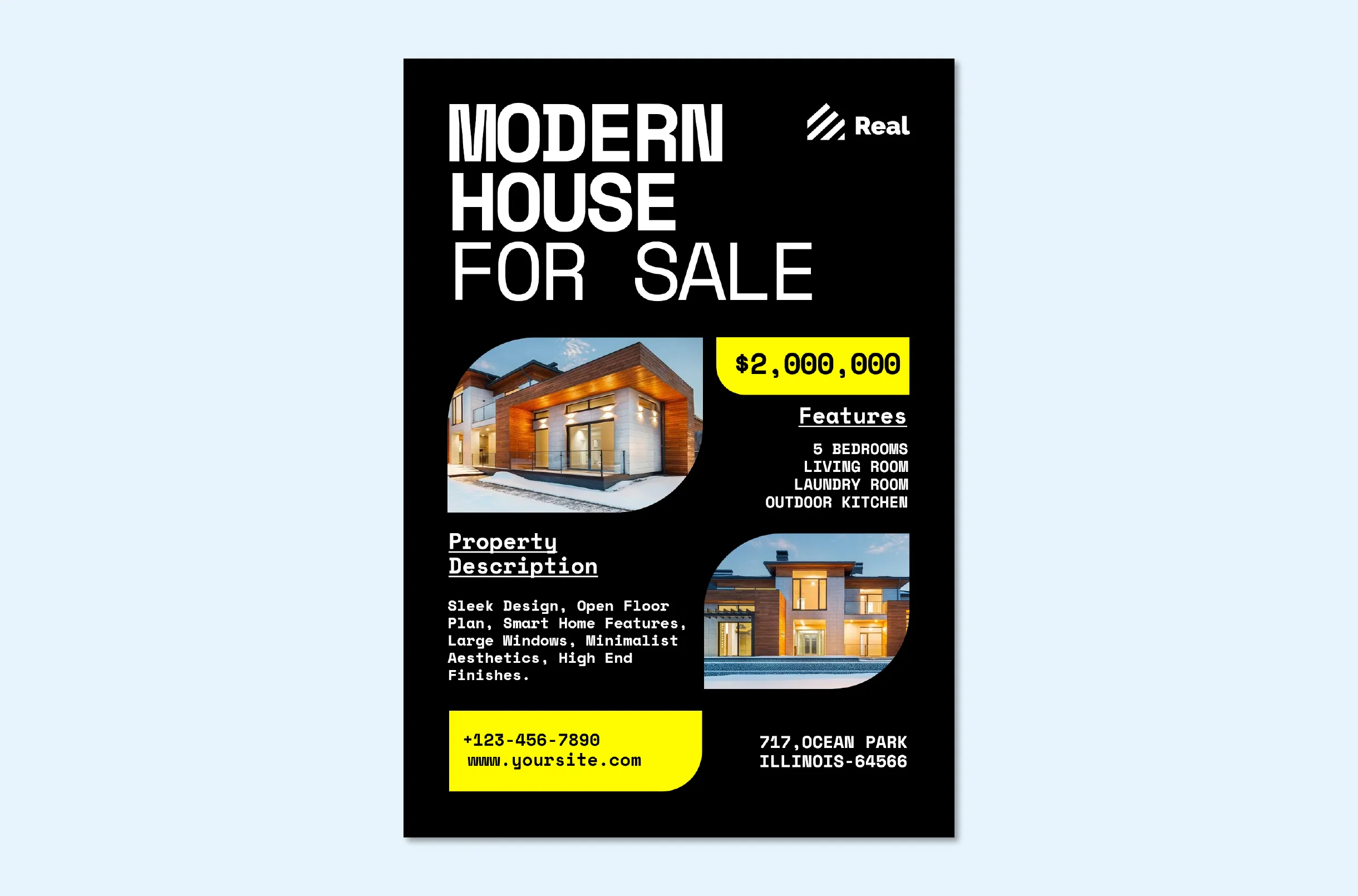
3) Compressed Images: It is better to provide compressed images to printing companies. For that, you can also use compression tools to reduce the image sizes without compromising quality.
4) Use Of Vector Graphics: Instead of raster images, use vector graphics. It will enhance the scalability of your documents. Raster images cannot be resized, stretched, or manipulated without losing quality. They are pixel-based and depend on resolution.
Unlike PDF graphics, vector graphics can be resized, stretched, or manipulated without compromising quality. Logos used in print-ready PDF files are examples of vector art. Remember that vector-based logos always provide clean and crisp lines that retain visual appeal, whether you use them on a jumbo jet or your business card.
- Texts
Fonts and text formatting are the two essential elements of print-ready PDF files; you cannot ignore them. Here are some tips that you can follow to ensure that the text has been displayed correctly:
- Embed Fonts: If you want the texts to be displayed correctly, remember to embed them in the PDF file. If you outline the text, save an editable copy for yourself.
- Unicode Encoding: If your file contains non-English characters, you should use Unicode encoding to ensure all the characters will be displayed correctly.
- Standard Fonts: You should stick to standard fonts such as Times New Roman or Arial. Non-standard fonts may not be available for all devices, so printers may be unable to read them. Besides that, try not to use italic or bold formatting excessively. It can make your document difficult, and you don't want that, right?

- Colors
Understanding color management is crucial. It is a critical part of print-ready PDF files and impacts the color accuracy of the final prints. So, if, like many other designers, you don't want to run into issues, pay more attention to it.
Color accuracy helps you maintain consistency in the designs and branding across different printing materials. It is why accurate colors matter so much. Accurate colors also ensure that the printed material looks high-quality and professional. If the colors are off, the material will look low-quality and cheap.
When selling a product, you want it to look like the real thing. This way, customers will get what they expect. But if the colors are off, it will damage your brand's reputation and may result in returns or make your clients unhappy.
Let’s look over some basics of color management here:
- Color Profiles: These settings define how colors will be displayed on digital devices such as printers, cameras, or computer monitors. They also tell you the range of colors a device can produce and how well these colors will be represented in the digital files.
So, when you design print-ready PDF files, ensure that you use the right color profile for your device and output medium. The International Color Consortium (ICC) color profile system is mostly used to tell about the colors a device can produce.
- Color Space: The mathematical model tells you about the colors in digital files such as CMYK or RGB. CMYK and RGB are different languages that tell you about color; each has its own grammar rules and vocabulary.
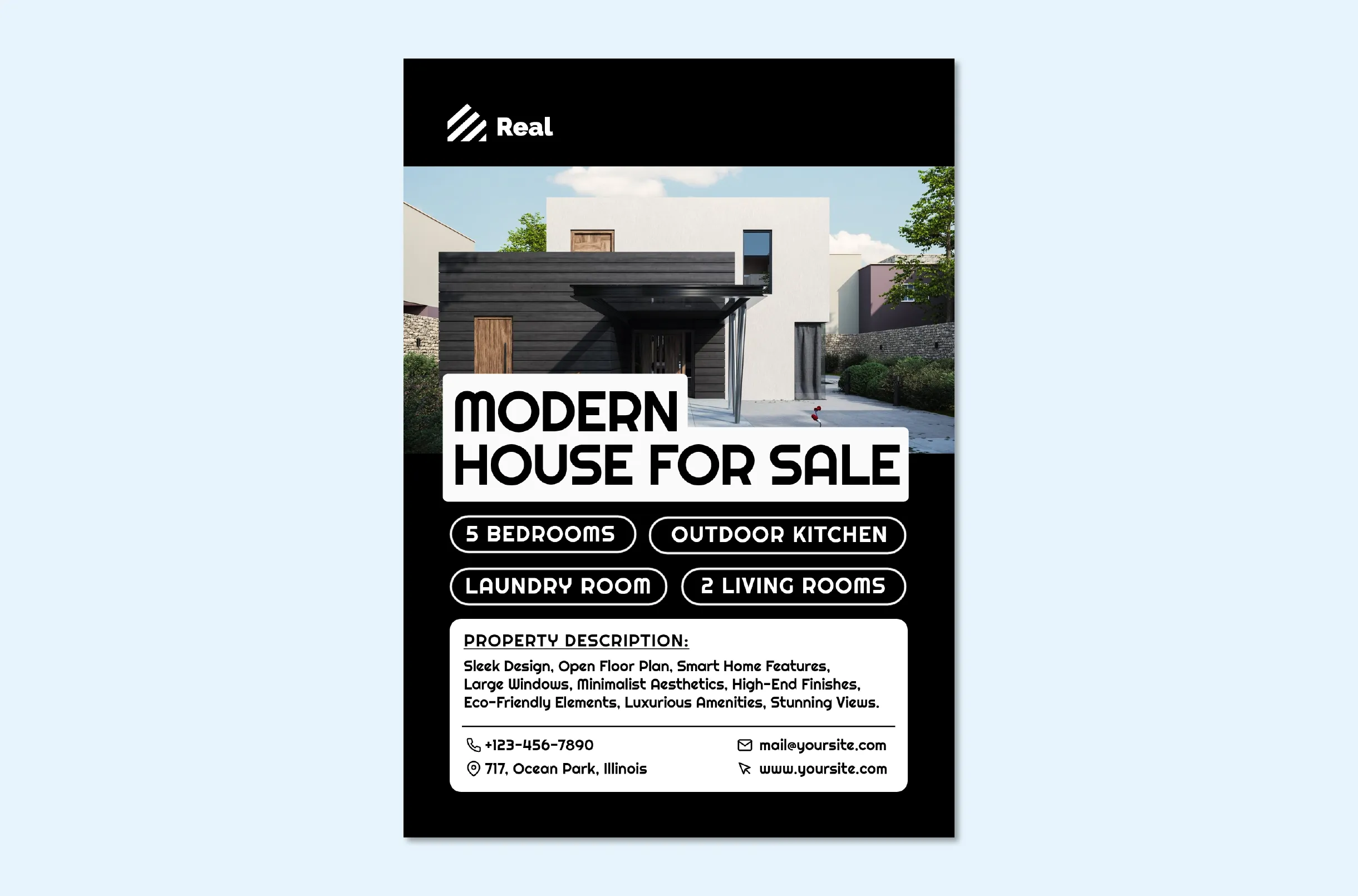
RGB is the language of digital displays and is an ideal choice for digital use and screens. CMYK is the language of print and is used for print-based colors. The color will decide how much cyan, magenta, yellow, and black will be required to print each color. It also provides information regarding colors that will be printed on a material or paper.
RGB and CMYK both have different color models. In CMYK, the colors are created by subtracting the light from white paper. So, the colors appear slightly different from how they used to appear on the computer screen. This model is used in printing because it assures accurate representation of colors on physical media.
In RGB, the colors are created by adding light to black pixels. So, the colors appear brighter and vivid on the screen. It is preferable for digital devices where the accurate representation of colors on screens is required.
If you send the file in RGB to the printer and let the printer correct it to CMYK, the color accuracy will be destroyed. You may have to convert the file to CMYK before printing.
How to Choose a Good Printable PDF Creation Tool
PDFs are the most popular document formats, and for good reason. Unlike other formats, PDFs can preserve your document's layout and original content regardless of which device or program you open it on.
When creating printable PDF files, you can get the job done effectively, efficiently, and easily using PDF creation tools. But, finding the best tools is a difficult job. If you also need PDF design software that can make your job easier, look for a tool with the below-mentioned features:
#1. Compliance For Multi-page And Single Page PDFs
First, ensure the tool is compatible with multi-page and single PDF files. This way, you can easily control the PDF conversions through various settings and the number of pages per sheet. Due to this feature, the tool will allow you to convert PDF to PDF with multiple pages per sheet without installing anything else.
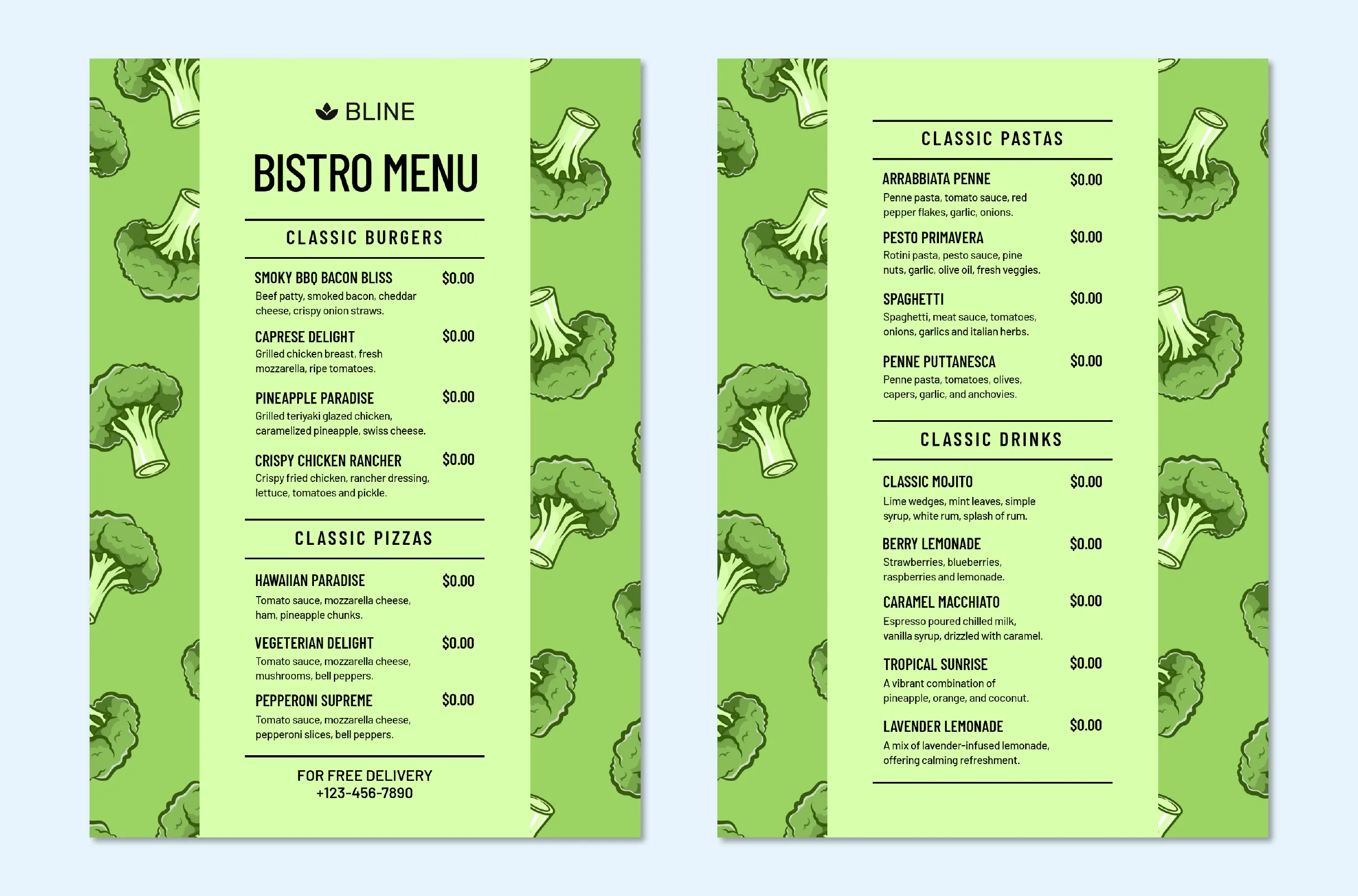
#2. PDF X/4 Compliance
PDF/X stands (Portable Document Format Exchange) were made to access, exchange, and print the standard documents. It is a variant of the classic PDF file format, enabling graphic exchange and meeting specific publishing and printing needs.
These standards are considered the best choice when your printer doesn't provide enough space. Also, the PDF/x standard ensures that the printer can open your file and minimize printing errors. So, when you choose a tool, ensure it shows PDF/X compliance.
Multiple versions of PDF/X are available, each built on the previous one. Thus, users can now choose from a wide range of file options. The available versions provide flexibility, reliable exchanges, and better results for specific jobs.
PDFX/4 is the latest of all the available versions, and when you get a PDF creation tool, ensure that it is compatible with PDFX/4. With this version:
- Use of transparency is possible or allowed
- You can use the layers. This version will not have the regular PDF layers (OCG), but more sophisticated OCCD layers are available. For instance, if your PDF file has a layer with comments and another layer with contact information, you can combine them both with OCCD.
- The image can be 16-bit or 8-bit.
- The color data can be grayscale, spot colors, CMYK, RGB, or ICC-profile based.
#3. CMYK PDF Creation

The other feature you need to look for in your PDF creation tool is the CMYK PDF creation option. CMYK is the subtractive color model widely used in color printing. CMYK PDF files ensure that the document's color will print accurately. They also assure professional-quality printing with consistent and vibrant colors.
When you create the document in CMYK, set the color space to SMYK, which is only possible if your tool has these features. So, when choosing the tool, don't forget to ensure that.
#4. Export Settings And Options
DPI (Dots Per Inch) tells how many droplets a printer can produce per inch during printing. The more droplets there are, the more details and clarity you can see after printing.
Professional printers can produce images at least 300 DPI or higher. So, it is crucial to provide the printing company with an image at 300 DPI, and for that, your PDF-creating tool must have 300 DPI PDF export settings.
#5. Adding Crop Marks And Bleed Margins
A print-ready PDF file means there will be no need to resize. So, you should ensure that the file has been set to the correct size during print preview or before sending it for printing. If you find that some of the elements have been extended to the edges, then you may have to add the bleeds and crop marks, and your PDF creation tool should allow this.
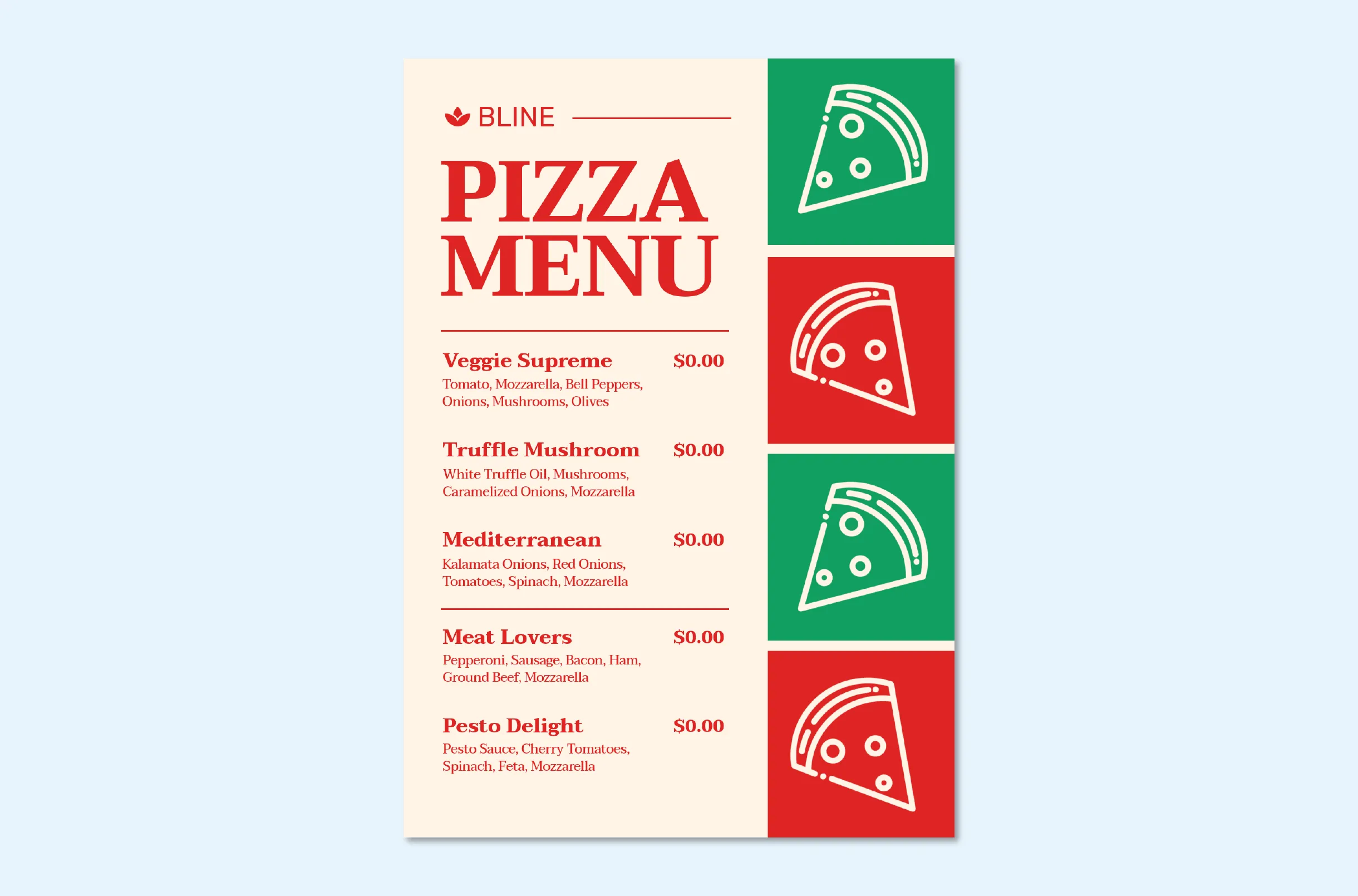
Bleeds are the areas outside the final size of the print that have images, design, or color elements and will be cropped off. Printers cannot always print to the edges of the paper accurately, so it would be better to cut off that part. In this way, you can avoid the thin layer of white along the edges.
The industry size for bleeds is 0.125 inches or 1/8 on each side. These crop marks, also known as the trim lines, tell the printer where to crop the image. When you save your PDF file, never forget to check the document for the crop marks and bleed settings.
Abyssale provides all these features, making creating printable PDF templates a piece of cake. It also provides you with every style and copy variation that you might need! Once you created your own templates from Abyssale, you will be able to modificate it from a simple form. This is a real game-changer and it reduces by 90% your production time.
In a nutshell, Abyssale lets you generate PDFs that are set up automatically for printing, while allowing you to make modifications simply and without retouching the entire visual structure.
How to Design Your Printable PDF?
When creating a print-ready document, take some ideas, do your research, and grab the ideas. When you have the needed print-ready PDF creation tool and have the idea, start designing your printable PDF document. Make sure that the design is unique, compelling, and high-quality.
To make your task easier, here are some helpful PDF printing tips. You can follow them up to optimize the design of your document. So, let's look over these and find how they can be helpful in PDF Optimization:
- Choose the right template depending on whether you want to create a brochure, business card, or flyer. You can also use the already-created templates available in Abyssale and make changes to them according to your needs.
- The print-ready PDF files should be produced with the highest precision standards and show every product detail to capture the customer's attention.
- Printers have different resolutions, file formats, and color profile preferences, so knowing about them in advance is better. You can ask your printing company about this. This way, you can provide compatible files to your printing company and avoid delays.
- Create several versions of your final document for testing in physical format. Abyssale is designed to multiply versions of the same document, effortlessly.
- Remember that print-ready files eliminate the chances of errors that may occur during printing and can eliminate the chance for costly reprints.
- BONUS: Save Your Templates And Save Time For The Future:
.png)
To create the print-ready PDF files, you must design your template for print usage. But do you know you can get the editable templates, also known as the Print Type Templates with Abyssale? These templates will let you work with CMYK color (which ensures accurate color production for your printing needs).
These templates are editable; you can change text, colors, or images to suit your needs. You can also define your safe area and bleed margins to meet the printer's requirements. It will ensure that your printing material maintains all the required details during the printing process without any loss.
Print-type templates also provide flexibility in the measurement units and let you work as you want to get accurate results. You can also get the color profile settings with Abyssale, which are tailored to accommodate multiple printers and ensure you get the best possible results. Not only that, with Abyssale:
- You can also create multi-page documents. So, add the pages to your print documents and select which layers are unique for each page and which are shared.
- The editor can store the CMYK data of the imported TIFF images. This way, color consistency is maintained at export time. Abyssale also lets you add a custom color profile to meet your needs.
- You can customize the safe area of your document, including ed margins, and preview them live. Abyssale also allows you to include crop marks in your exported PDF.
- Each of your PDFs is set at 300 DPI, and the original resolution of imported assets is stored, which ensures optimum quality.
- Rulers and guides are available for perfect positioning and alignment. Use them to maintain the accuracy of your designs.
- Get PDFX/4 documents and optimize print quality. Abyssale also supports advanced features such as transparency and IIC color profiles, which ensure compatibility at each step.
Ready ? Then, turn on your printer
You know the essentials for creating professional, printable PDFs. In the end, you only need two things: Abyssale and a printer.
So good luck!
Get started for free
Master Abyssale’s spreadsheet
Explore our guides and tutorials to unlock the full potential of Abyssale's spreadsheet feature for scaled content production.

Top 5 unethical strategies employed by marketing agencies
.webp)



